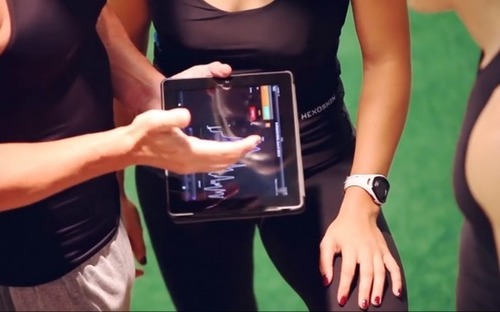31 memorable mobile health quotes from 2013 | mobihealthnews
11/10/2013mHealth Apps Converge On The Fight Against Pediatric Cancer | HIStalk Connect
11/10/2013Wearables will soon analyze your body chemistry to make you healthier
A lot of the focus in wearable computing has been on delivering products that help everyday users monitor some of the more basic activity traits, such as steps taken and heart rate. While these are certainly useful metrics for health monitoring, they do not paint the full picture.
Computational biologists instead study the chemical changes that occur in people’s bodies with the help of optical sensors, non-invasive devices that use the red-to-near-infrared spectral region to assess the chemical changes that occur in the user’s blood vessels, among other places.
By leveraging this cutting-edge technology and wearable computing, we are equipped to understand the changes that occur in a person’s body at a whole new level. The implications of this change span from improved training of athletes to better management of chronic diseases and healthcare.
Some interesting recent cases in research that show the potential for disruption include:
- Researchers at the National Technical University of Athens have helped individuals self-manage diabetes by stimulating the function of an artificial pancreas with fully embedded wearable systems.
- A paper in the Journal of Biomechanics shows promising results for wearables in athletic training. Scientists mapped out the physiology of athletes’ ski-jumps in order to determine the biological constraints of each individual’s approach. By comparing data across 22 different skiiers, the scientists were able to determine that the wearable system was a very promising tool for training that captured information beyond the capacity of a traditional camera.
- Researchers at Texas A&M University are investigating the use of optical sensors to interact with dermally-implanted microparticle sensors. This technology could enable cost cutting and continuous blood chemistry monitoring.
- Optical sensors used to monitor both athletic performance and overall health by researchers at the Dublin Institute of Technology. The sophisticated sensors interpret user’s sweat particles in order to deduce what is going on at a biological level. One of the sensors measured pH levels of sweat particles in order to deduce dehydration while athletes were running. This is a huge stride for activity tracking because it represents real time monitoring of athletic performance and biological signals
See on www.citeworld.com




